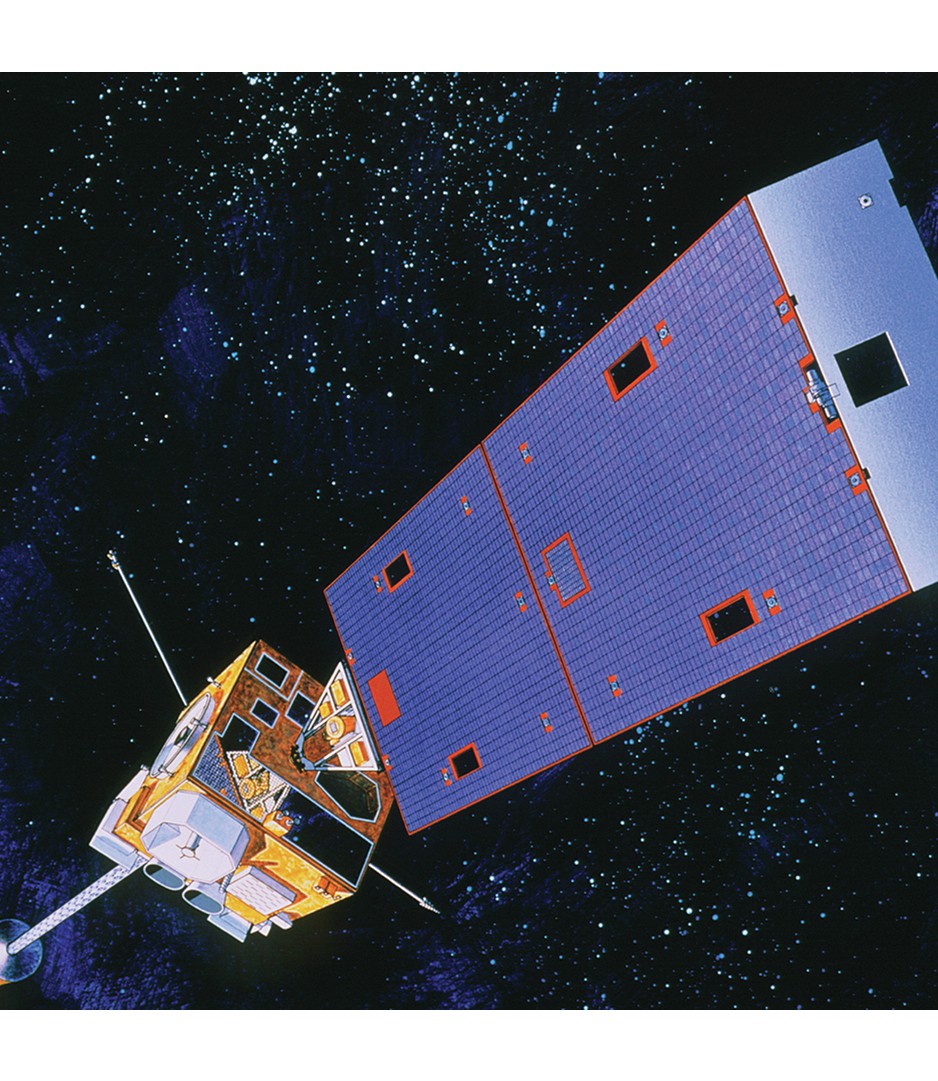
Until 1998, satellite-based measurements of trends in atmospheric temperature disagreed with those from other measurements. Satellites use microwaves that interact with the oxygen molecules in the atmosphere. Changes in the strength of the detected signal are related to internal energy changes in the oxygen molecules, which in turn depend upon the temperature of the surrounding atmosphere.
In 1998 it was realised that a decrease in the orbital height of the satellite was occurring due to the residual atmosphere drag. This effect is increased during periods of high solar activity (solar wind) because the UV warms the upper atmosphere, thus increasing the collision rate of the satellite with all gas molecules. As the satellite moved closer to the Earth’s surface the geometry of the microwave beam changed; thus it was not interacting with a constant volume of oxygen molecules. The necessary correction to the satellite-derived data changed an apparent cooling trend into a warming one, in agreement with the other measurement techniques.
Your organisation does not have access to this article.
Sign up today to give your students the edge they need to achieve their best grades with subject expertise
Subscribe




